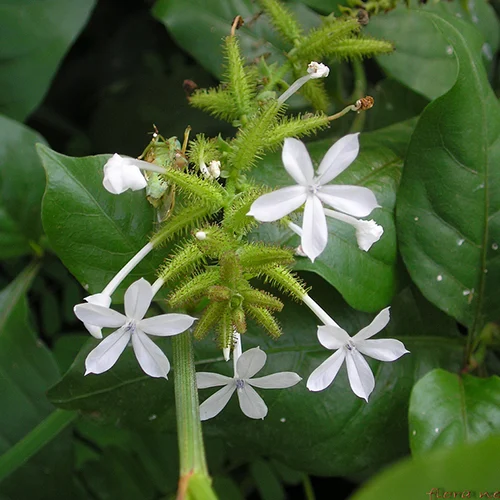CHITRAK

listen about me
Bambusa bambos (L.) Voss.
Classification:
Kingdom: Plantae
Division: Angiospermae
Class: Monocots
Series: Glumaceae
Family: Poaceae
Genus: Bambusa
Species: bambos
Scientific Name: Bambusa bambos (L.) Voss
Common Name-
English: Chitrak, Plumbago, White leadwort
Hindi: चित्रक Chitrak
Assamese: বগা আগেচিতা Boga agechita
Tamil: சித்திர மூலம் chittiramoolam Karimai
Malayalam: Vellakoduveli
Kannada: ಚಿತ್ರಮೂಲ Chitramula, ಚಿತ್ರಮೂಲಿಕೆ Chitramulike, ಚಿತ್ರಕ
Chitraka, ವ್ಯಾಳ Vyaala, ಅಗ್ನಿ Agni
Distribution: Chitrak is a herb that grows wild in India and has been used by rural and tribal people for hundreds of years as a traditional system of medicine. Chitrak is native to
SE Asia.
Description:
Habit & Habitat: It is a much branched, evergreen shrub that reaches about 6 feet in
nature.
Leaves: Dark green leaves are ovate to 6 inches long by half as wide. They are fast growing plants, but their size is easily controlled by pot size and pruning.
Flowers: The flowers are white in showy dense racemes and will flower all year long. Individual flowers are up to ½ inch across.
Fruits: The fruits are like a small cocklebur with glue on the soft spines and they will stick to anything.
Note: Chitrak needs full sun to partial shade with intermediate to warm temperatures. After flowering, the plants should be cut back to keep them growing vigorously.
Uses:
1) Chitrak is used in treating intestinal troubles, dysentery, leucoderma, inflammation, piles, bronchitis, itching, diseases of the liver, and consumption.
2) The leaves of this herb work well for treating laryngitis, rheumatism, diseases of the spleen, ring worm, scabies, and it acts as an aphrodisiac.
3) A tincture of the root bark is used as an anti-periodic. Chitrak root helps improve digestion and it stimulates the appetite. Chitrak root is also an acro-narcotic poison
that can cause an abortion.
